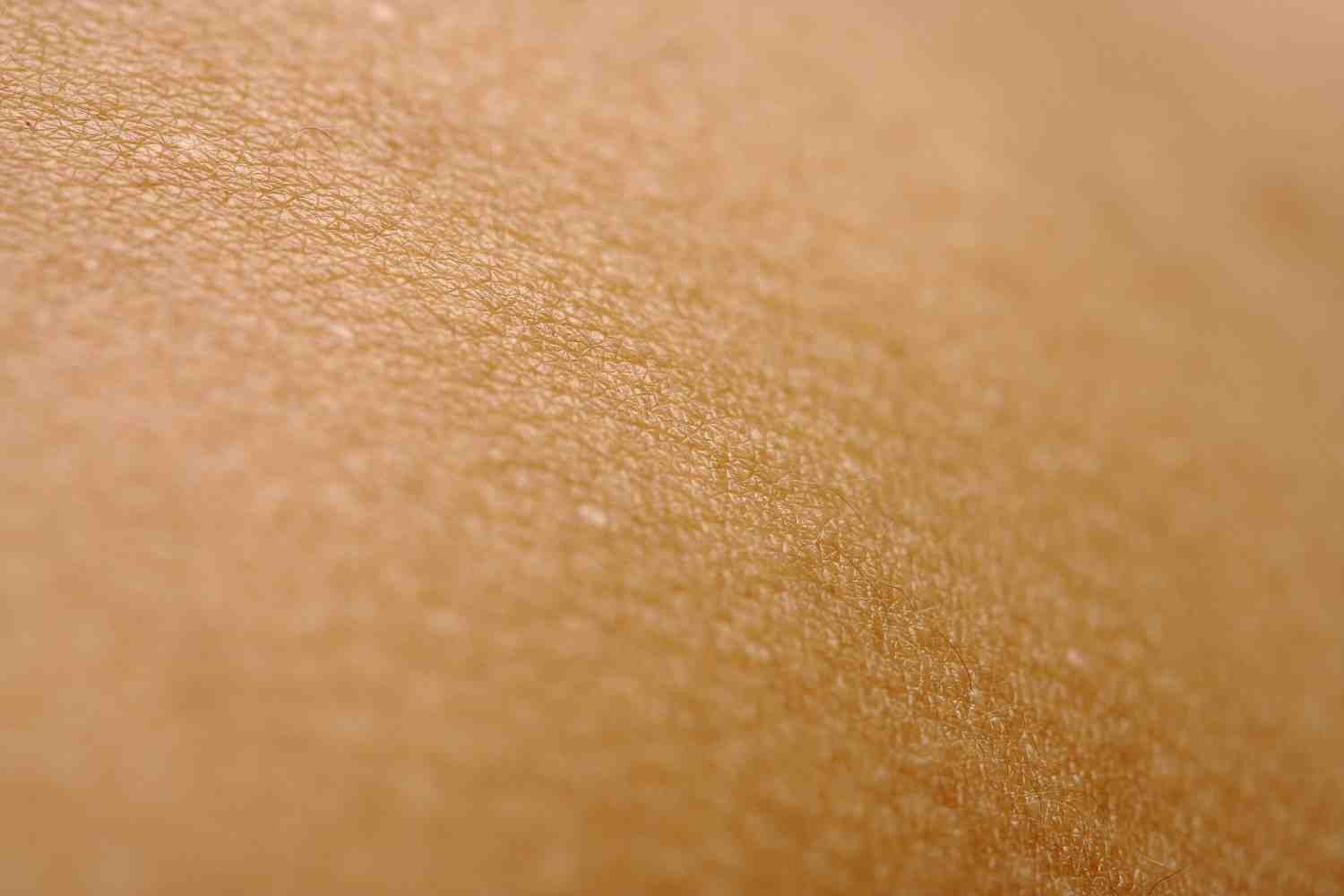


Learn about chilblain lupus, its symptoms, underlying causes, and effective management strategies to help control flare-ups and skin irritation.
Have you ever noticed red, swollen patches on your fingers or toes after being out in the cold? Maybe you brushed it off as just “winter skin,” but what if it’s something more? Chilblain lupus might not be a household name, but it’s a real condition that can affect anyone, especially if you’re already dealing with lupus or unexplained skin changes.
In this blog, we’ll walk you through what chilblain lupus is, how to spot the symptoms, what causes it, and what you can do to manage flare-ups. We’ll also touch on the latest in cutaneous lupus clinical trials and where to find support. Let’s get started and help you feel more in control of your skin health.
Chilblain lupus is a rare form of cutaneous lupus erythematosus, a type of lupus that primarily affects the skin. Unlike the more common systemic lupus, which can impact organs throughout your body, chilblain lupus mostly shows up as painful, itchy, or swollen patches on areas exposed to cold and damp weather. It often affects fingers, toes, ears, and sometimes the nose.
You might be wondering how this differs from regular chilblains, which are simply skin reactions to cold. Well, chilblain lupus tends to stick around longer, comes back more often, and may be linked with other lupus symptoms. People with a family history of autoimmune diseases or who already have lupus are more at risk. So, if you notice these symptoms, it’s worth paying attention.
Spotting chilblain lupus isn’t always straightforward. The symptoms can be subtle at first, and sometimes they look like common winter skin problems. Here’s what you should keep an eye out for:
These symptoms usually show up after you’ve been in cold, damp conditions and might stick around for weeks. Sometimes, the patches can become painful or even develop open sores. It’s easy to brush off mild symptoms such as just dry skin, but if you notice them coming back every winter or lasting longer than a few days, it’s worth talking to your doctor.
Chilblain Lupus is a bit of a mystery, even to experts. However, we do know that it’s linked to your immune system. In people with chilblain lupus, the immune system mistakenly attacks healthy skin cells after exposure to cold or damp conditions.
Getting a diagnosis for chilblain lupus usually starts with a visit to your healthcare provider. They’ll ask about your symptoms, medical history, and any family history of autoimmune diseases. A physical exam is important, but sometimes the signs can look like other skin conditions.
Managing chilblain lupus is all about reducing symptoms, preventing flare-ups, and protecting your skin from further damage. Here’s what your treatment plan might include:
Medical Treatments
While you can’t always prevent chilblain lupus, there are steps you can take to reduce your risk:
Chilblain lupus might sound intimidating, but understanding it is the first step toward managing it.
If you think you might have chilblain lupus, don’t wait, talk to your healthcare provider. Interested in the latest treatments? Ask about cutaneous lupus clinical trials in your area.
